
Homes.com Highlights Success of WPA’s Planbook Strategy in Norfolk — and Hampton’s Next Steps
Eight years after Norfolk first adopted a planbook strategy for the Olde Huntersville neighborhood, the results are drawing attention. A...
Read More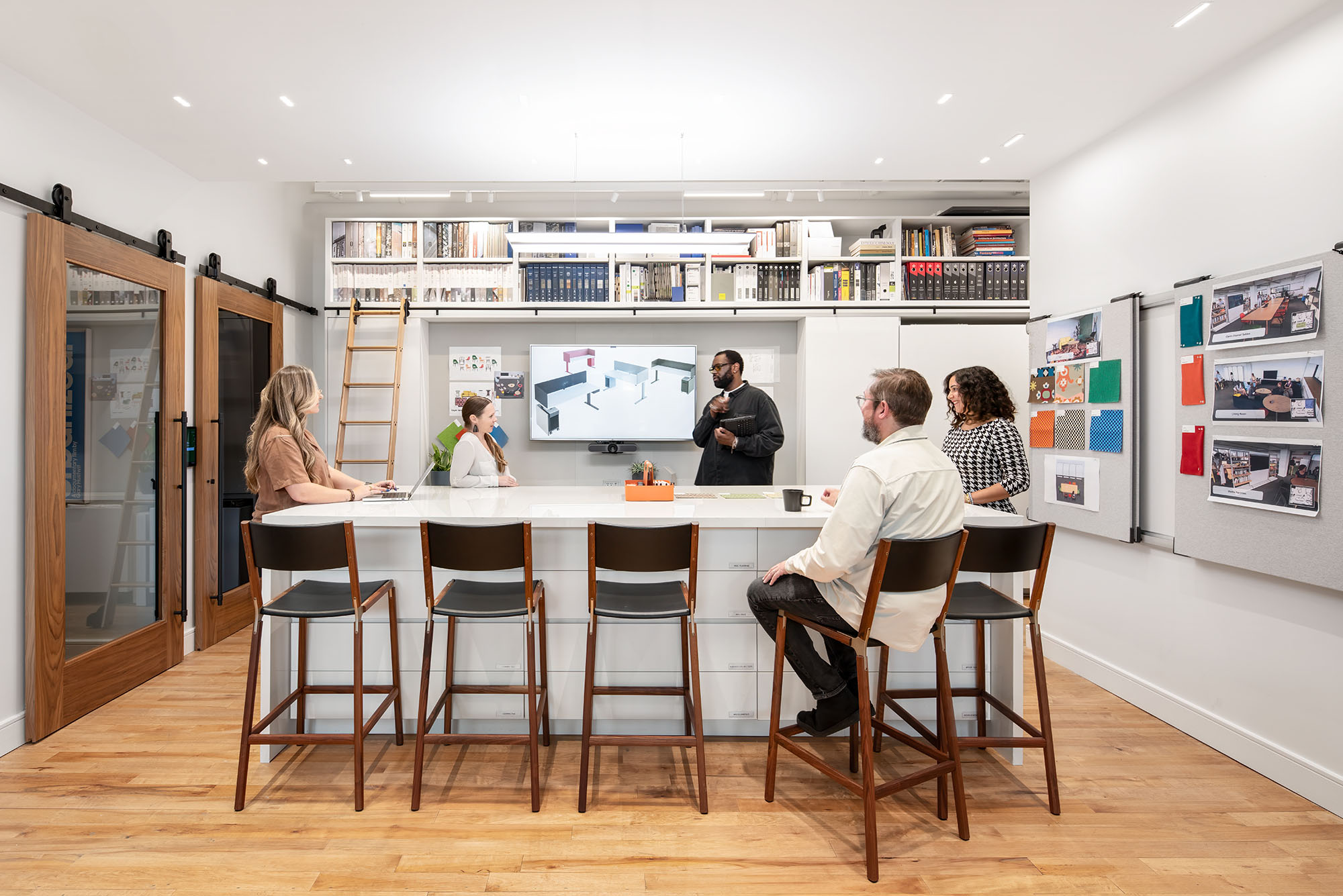
WPA Included on Inc. 5000 List of America’s Fastest-Growing Private Companies
Work Program Architects has been included in the 2025 edition of the Inc. 5000, a recognition that the Norfolk architecture...
Read More
The Chrysler Museum of Art’s Plan for Coastal Resilience Highlighted by Virginia Mercury
As sea levels rise and sunny-day flooding becomes a familiar occurrence in Norfolk, the Chrysler Museum of Art is taking...
Read More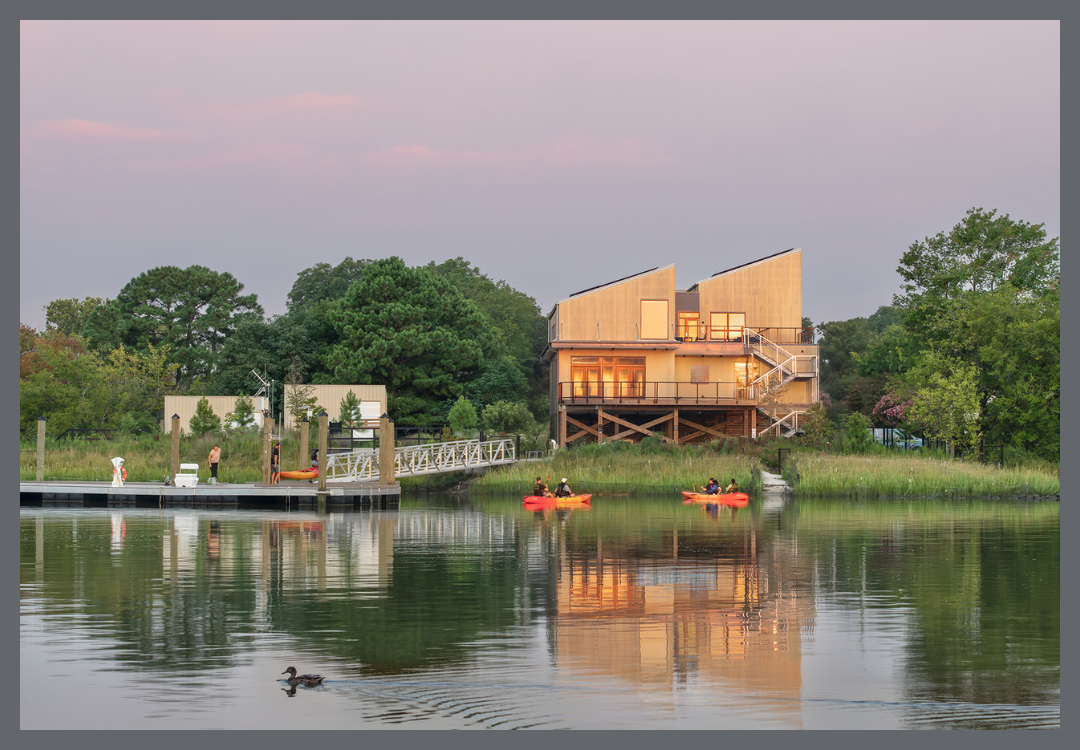
Elizabeth River Project’s Ryan Resilience Lab Named a ‘World Changing Idea’ by Fast Company
Work Program Architects is proud to share that the Elizabeth River Project’s Ryan Resilience Lab has been named a winner...
Read More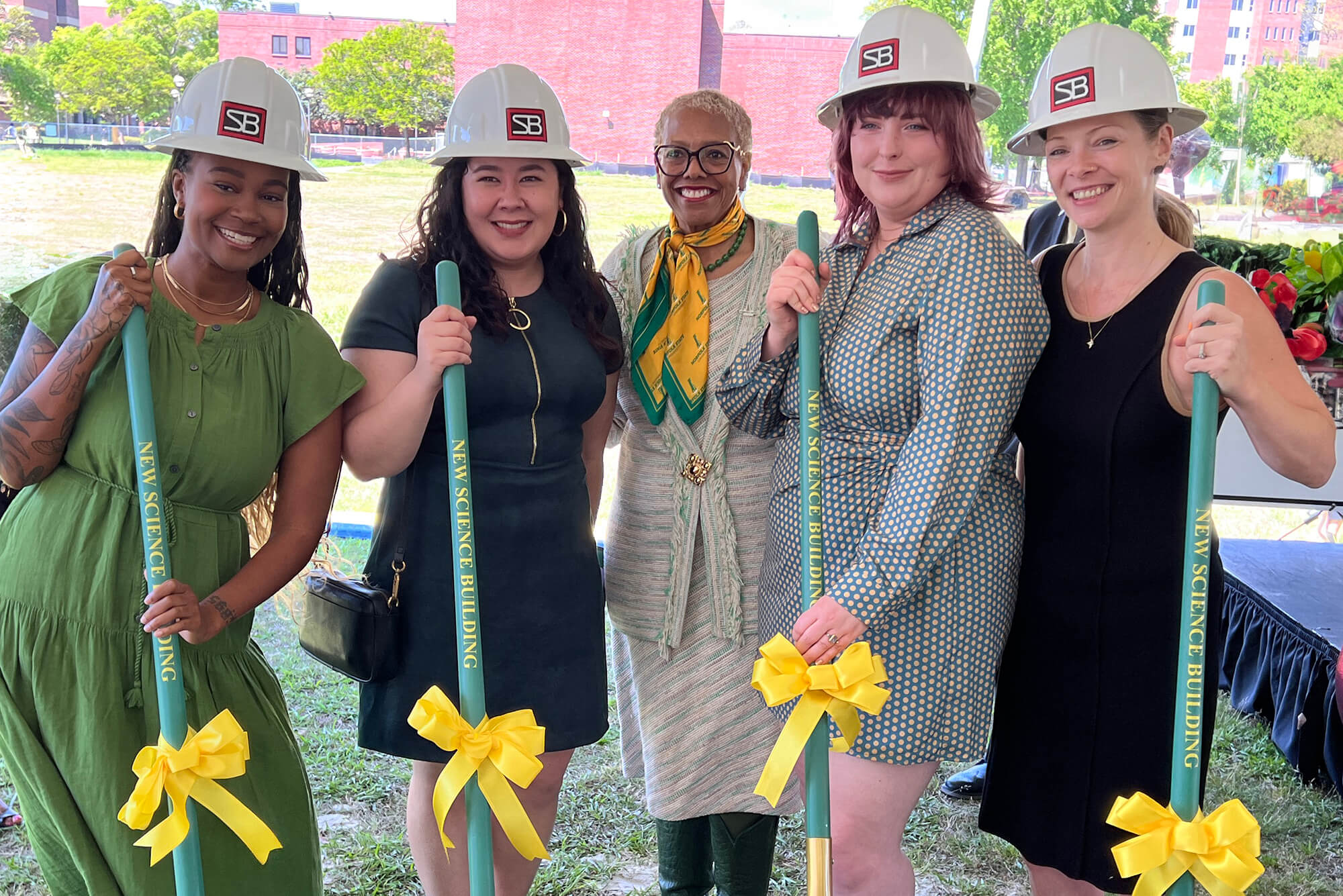
NSU Starts Work on $118M Facility to Expand Science and Research Opportunities
Norfolk State University (NSU) marked a major milestone on April 18 with a groundbreaking ceremony for its $118 million New...
Read More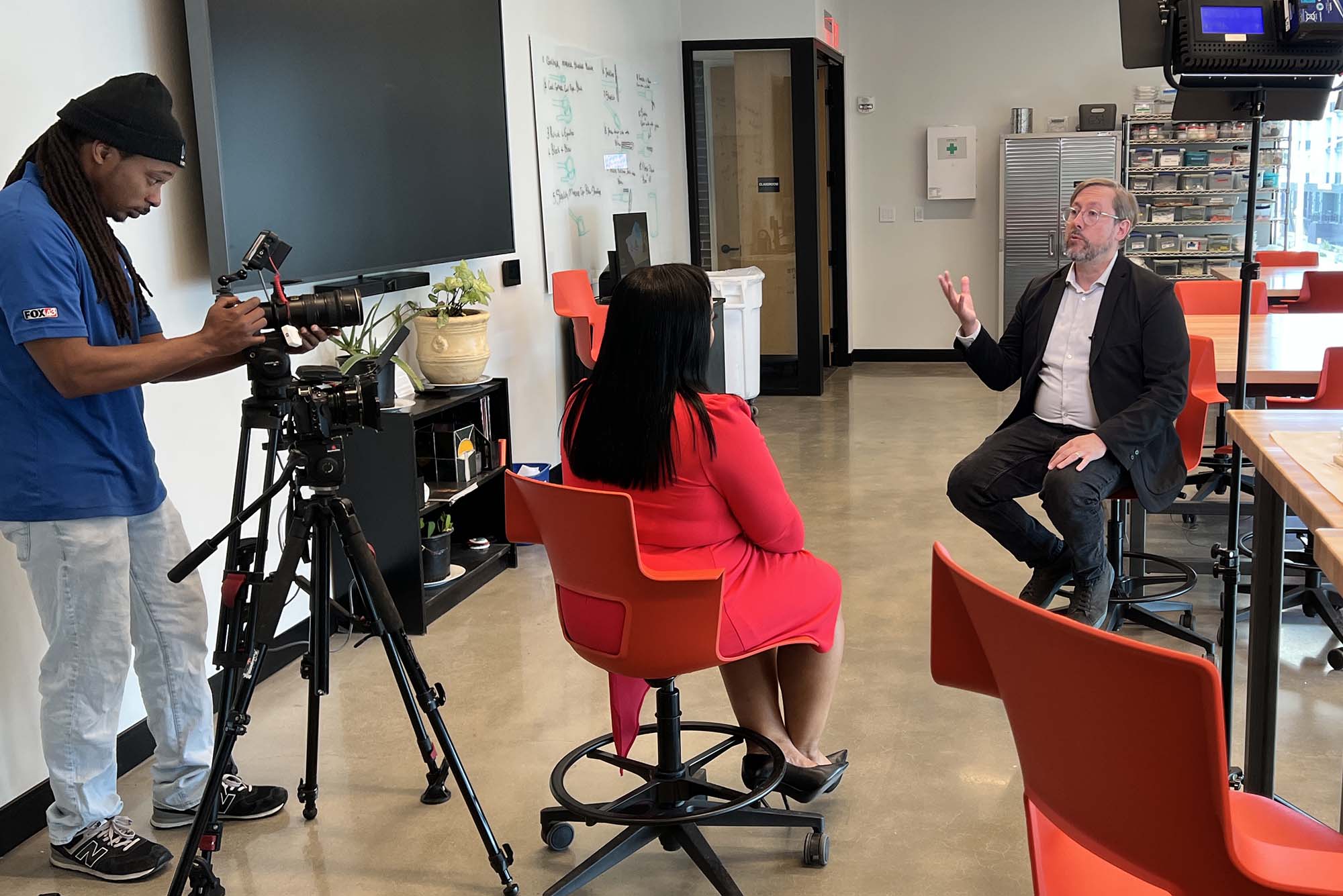
Expanded Perry Glass Studio Reopens at the Chrysler Museum of Art
The Perry Glass Studio at the Chrysler Museum of Art has officially reopened following a $30 million expansion. The museum...
Read More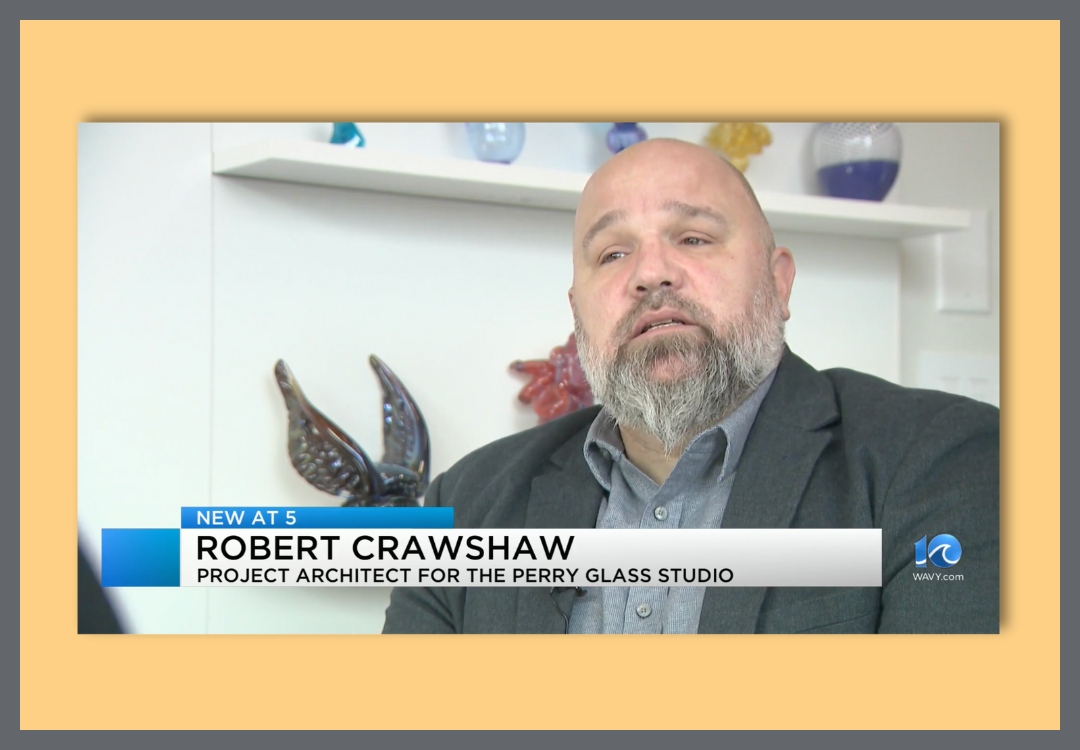
WAVY, WHRO Highlight Functionality and Resilience of New Perry Glass Studio
As the second and final phase of the Perry Glass Studio’s expansion and renovation nears completion, members of the press...
Read More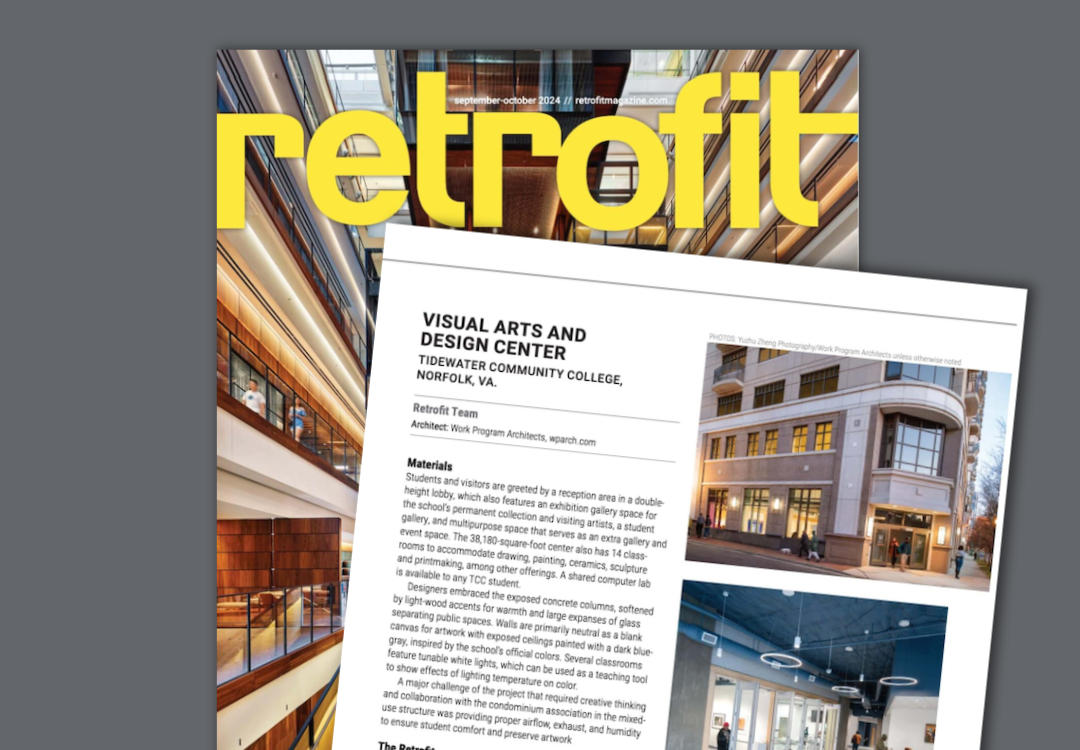
TCC Visual Arts and Design Center Featured in Retrofit Magazine
Students have now had a full year in the new Visual Arts and Design Center at Tidewater Community College, but...
Read More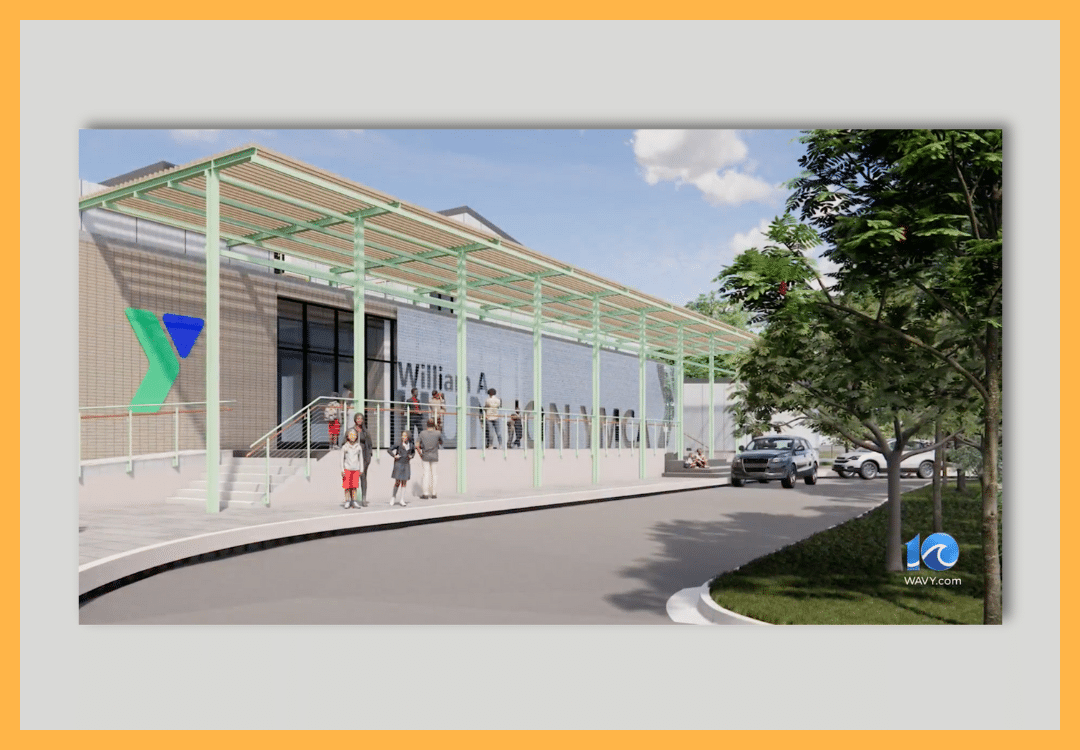
WAVY offers a sneak peek at the new William A. Hunton YMCA in Norfolk
The William A. Hunton YMCA and Work Program Architects have revealed designs for a new facility that will support the...
Read More